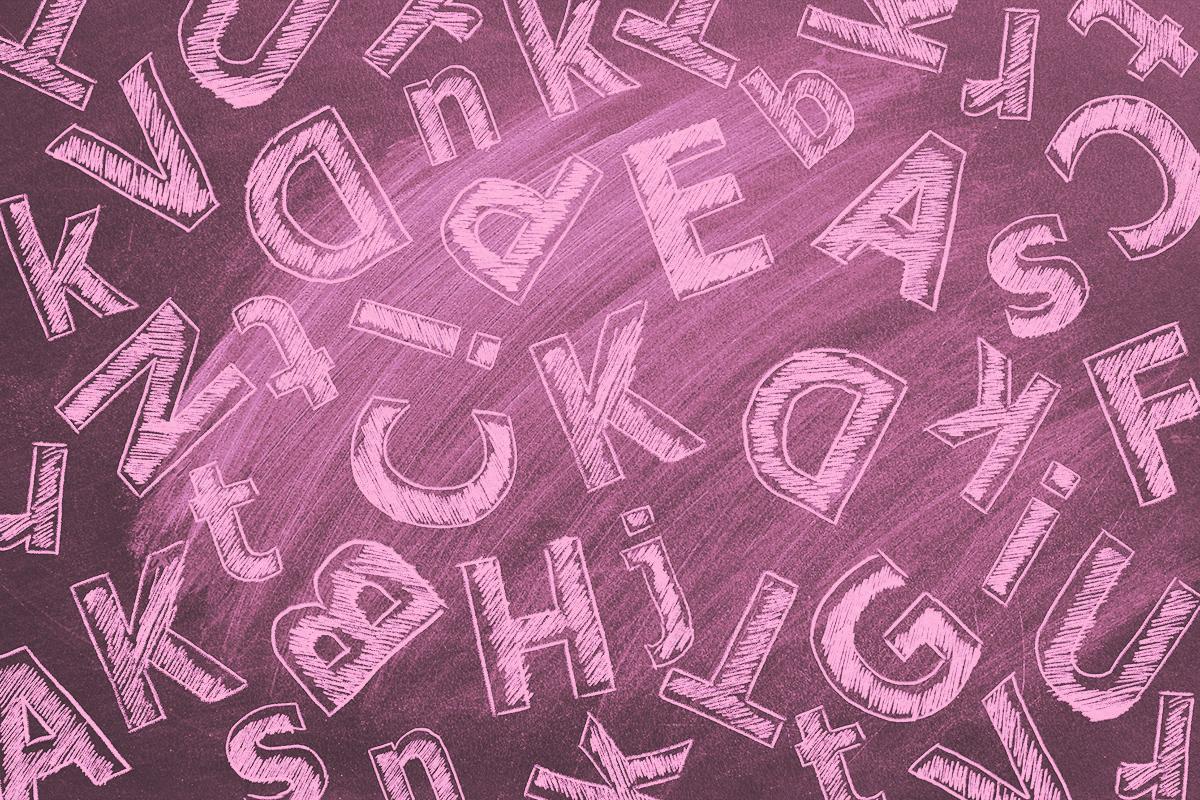
The terms “supper” and “dinner” both mean one thing: that it’s a bad day to be a tasty cheeseburger or a delicious plate of pasta. These words are often used interchangeably to refer to a large meal at night, but throughout history, they haven’t been entirely synonymous. To better understand how to use them correctly, let’s travel back to the 18th century, when the three most common meals eaten each day were called “breakfast,” “dinner,” and “supper.”
“Supper” is defined by Oxford English Dictionary (OED) as “the last meal of the day,” while Merriam-Webster classifies it as “the evening meal especially when dinner is taken at midday.” The definition of “dinner,” meanwhile, has undergone a slight evolution over time. As early as the 14th century, dinner was defined as “the first large meal of the day,” but through the 18th century, it evolved to be considered “the main meal of the day, taken either around midday or in the evening.” Based on the definitions, you can see that the concepts of supper and dinner are intertwined, but not exactly interchangeable.
Now for some historical context — according to food historian Helen Zoe Veit, 18th- and 19th-century people often “[ate] dinner — the biggest meal of the day — around noon.” This was due to many people working from home (on a family farm, for example, not in a home office like you might), making it easier to prepare and eat a large midday meal. At night, these folks were usually still satisfied from their big midday dinner, but they would have a light supper before bed.
As industrialization expanded and people left their homes to work in factories and office spaces, it became difficult to prepare a large midday meal worthy of being called “dinner.” Consequently, dinner shifted to the evening when people got home from work. Supper became less common as there was no need for a light meal before bed. That said, you can technically swap “supper” for “dinner” if you’re talking about the last meal of the day. Using “supper” for the evening meal is most common in farming communities where the largest meal is still eaten at midday.
The most common term for the midday meal now is “lunch,” which is a shortening of “luncheon.” It came about in the early 16th century, referring to a light repast (an old-fashioned term for “snack”) served between the meals of breakfast and midday dinner. If we were in Great Britain, we could devote many additional lines to the differences between high tea, afternoon tea, and royal tea, but we’ll save that for a future edition. Bon appétit!






















